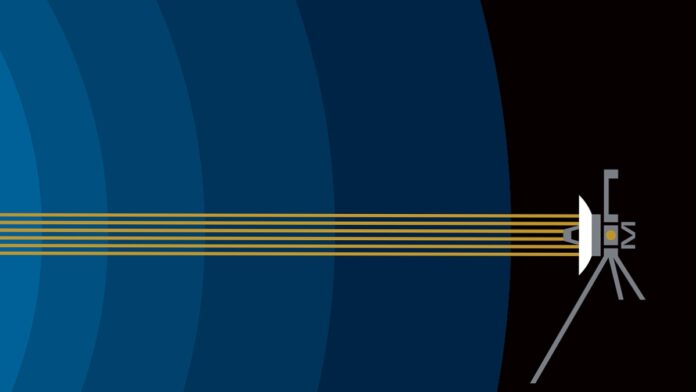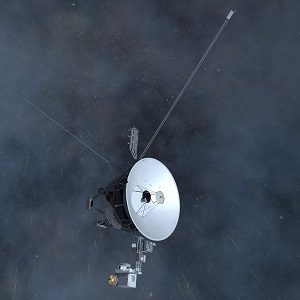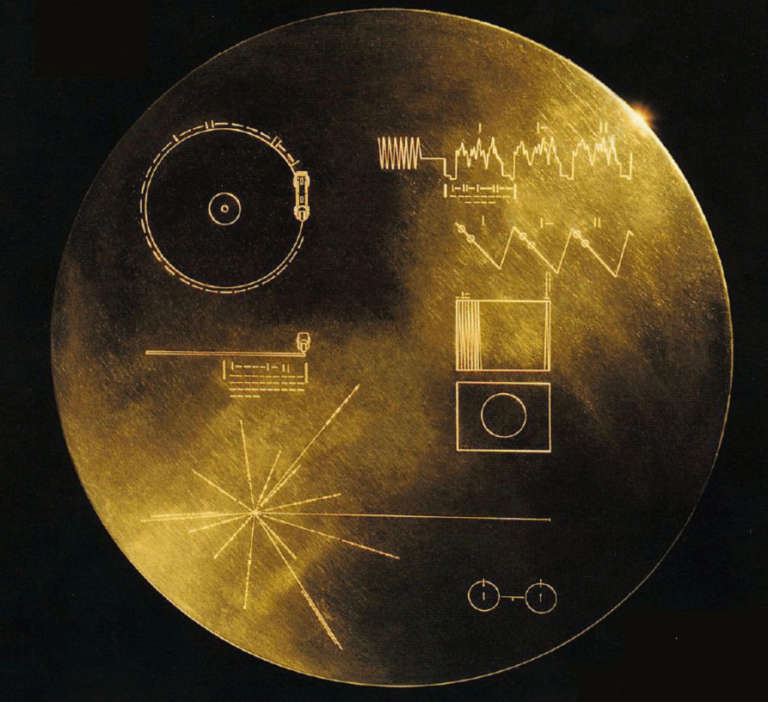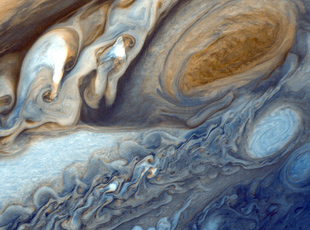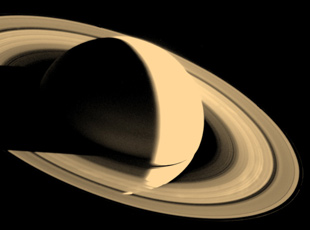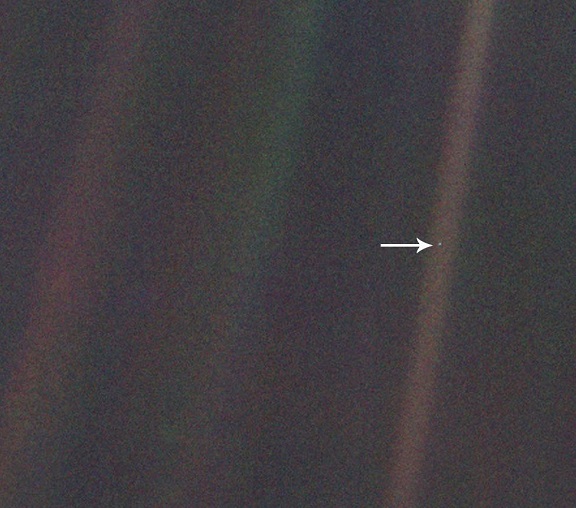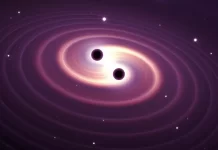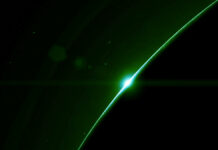In 1977, the Voyager 1 and 2 spacecraft were launched to deeply explore the outer planets of the Solar System. They are the only functional spacecraft in interstellar space, continuing to transmit measurements of the interstellar medium. A copy of the Golden Record has been installed in these spacecraft, through which any extraterrestrial lifeforms can contact the Earth in the future. Today even after so many years these spacecraft are in contact with us, in this article we have discussed the mission of both spacecraft in detail.
Contents
What are the missions of the Voyager?
Voyagers Journey is NASA’s Voyager Program- a scientific program launched with two robotic probes, Voyager 1 and Voyager 2, to study the outer solar system. Voyagers made history by crossing Jupiter, Saturn, Uranus, and Neptune in 1977, while their original mission was to study only the planetary systems of Jupiter and Saturn. Voyager 2 continues on Uranus and Neptune. Now the Spacecraft has reached the outer boundary of the heliosphere in space; Their mission has been extended three times and they continue disseminating useful scientific data. Neither Uranus nor Neptune has been visited by investigations other than Voyager 2.
The Voyager 1 and 2 spacecraft have been far from Earth, Pluto, and the Sun, continuing their 40-year journey since 1977. In August 2012, Voyager 1 made a historic entry into interstellar space, with Voyager 2 entering interstellar space on November 5, 2018, and scientists hope to learn more about the region. Both spacecraft are still sending scientific information about their surroundings via the Deep Space Network or DSN.
The primary mission was the exploration of Jupiter and Saturn. After making a string of discoveries there – such as the intricacies of volcanoes and Saturn’s rings active on Jupiter’s moon, the mission was extended. Voyager 2 discovered Uranus and Neptune and is still the only spacecraft to have visited those outer planets.
Voyager 1 and Voyager 2 are the two spacecraft that make up the Voyager program. Voyager 2 was launched first in August 1977, but Voyager 1 launched nearly two weeks later on a quicker trajectory. Beyond the region governed by the sun, they are now the only two operational spacecraft in interstellar space.
Voyager 2 passed by Jupiter in 1979, Saturn in 1981, Uranus in 1985, and Neptune in 1989 due to its orbital path. It is the only spacecraft to have ever visited Uranus or Neptune, and it gave us a lot of the data we currently use to describe them.
Within a few months after their launches, Voyager 1 passed Voyager 2 due to its faster speed and more direct route. It traveled to Saturn in 1980 and Jupiter in 1979. In 1998, it passed Pioneer 10, the only other spacecraft in interstellar space at the time, and is currently the object that is most distant from Earth.
The Golden Records
As time capsules from Earth to any extraterrestrial civilization that might discover the probes in the far future, each Voyager spacecraft contains a golden gramophone record attached to its side. As the American President at the time of the launch, Jimmy Carter wrote the following message on them: “This is a present from a small, faraway world, a token of our sounds, our science, our images, our music, our ideas, and our sentiments. To live into your time, we are trying to survive our own.
A graphic of a hydrogen atom, a map showing the location of our solar system about a group of 14 pulsars, and playback instructions are all inscribed on the records’ covers. They are both covered in uranium and their rate of disintegration, any future finders of either record will be able to determine when it was made.
The information in the records was chosen by a panel led by Carl Sagan. Each one has 115 images, such as scientific representations of the solar system and its planets, pictures of the Earth’s flora and wildlife, and illustrations of human civilization. An hour of brainwave recordings, natural noises like birdsong and breaking surf, spoken greetings in 55 different languages, and a diverse range of music from Beethoven to Chuck Berry to various folk songs are all included.
See Voyagers Journey in this video | Voyagers spacecraft in the infinite universe
Working of the Voyagers
Each of the two identical spacecraft has a radio dish that measures 3.7 meters (12 feet) in diameter for data transmission back to Earth and a set of 16 thrusters for orientation control and pointing the dishes in that direction. The electronic parts of each spaceship are powered by thermoelectric generators that use plutonium instead of the hydrazine that the thrusters use. Each one is equipped with 11 scientific instruments, roughly half of which were created specifically for planet observation and have since been turned off. Several cameras, spectrometers, and two radio-based experiments that were used to study the planets are now off.
Voyager 2 presently has five operational instruments: a magnetometer, a spectrometer for studying plasmas, a detector for cosmic rays, a detector for low-energy charged particles, and a detector for plasma waves. Because of a malfunctioning plasma spectrometer, Voyager 1 only possesses four of them.
Findings by the Voyager Spacecraft
Jupiter
The Voyager spacecraft captured tens of thousands of photographs and measurements throughout its grand journeys of the solar system, which fundamentally altered our knowledge of the outer planets.
See all the photos of Jupiter taken by the Voyager Spacecraft: Jupiter Photos
By demonstrating that the Great Red Spot was an anticlockwise rotating storm that interacted with other, smaller storms, they at Jupiter provided us with our first in-depth understanding of how the atmosphere of the planet moves and changes. Also, they were the first missions to notice a flimsy, dusty ring surrounding Jupiter. Finally, they observed some of Jupiter’s moons, learning about Io’s volcanism, spotting Europa’s linear features, which were among the first indications that it might have an ocean below its surface, and giving Ganymede the distinction of being the largest moon in the solar system, a title that was previously believed to belong to Saturn’s moon Titan.
Saturn
See all the photos of Saturn taken by the Voyager Spacecraft: Saturn Photos
Then, after passing Saturn, each spacecraft took measurements of its atmosphere’s structure and chemistry, and Voyager 1 even looked into Titan’s dense haze. Its findings inspired the theory that Titan might harbor liquid hydrocarbons on its surface, which later missions have since confirmed. The well-known gaps and waves were discovered by the two expeditions while they studied Saturn’s rings. In addition, Voyager 1 discovered Atlas, Prometheus, and Pandora, three previously unknown moons orbiting Saturn.
Uranus and Neptune
Following this, Voyager 1 left the solar system while Voyager 2 moved in the direction of Uranus. There, it discovered two unknown rings and 11 previously unknown moons. Many Uranian characteristics, like its peculiar magnetic field and an unexpected lack of significant temperature variations at various latitudes, are still poorly understood.
See all the photos of Uranus and Neptune taken by the Voyager Spacecraft: Uranus and Neptune
Twelve years after departing Earth, Voyager 2 made its last stop on Neptune. When it got there, it carried on its trend of discovering new moons by bringing back another haul of six tiny satellites and discovering rings around Neptune. It observed the magnetic field and composition of the planet, as it had done at Uranus. Before joining Voyager 1 on the journey to interstellar space, it also discovered volcanic vents on Neptune’s enormous moon Triton.
Interstellar space
At the heliopause, where the solar wind, a flow of charged particles emitted by the sun, is too faint to continue pushing against the interstellar medium, the pressure from the two sources levels out, and the interstellar medium becomes interstellar space. In August 2012, Voyager 1 made its official entry into interstellar space, and Voyager 2 followed in November 2018.
These exits made it possible for astronomers to precisely pinpoint the location of the edge of interstellar space, which is challenging to measure from within the solar system. They demonstrated that the beginning of interstellar space is located 11 billion miles (or just over 18 billion kilometers) from the sun. The spacecraft is still returning information on the interstellar medium’s structure.
During its planetary encounters, Voyager 1 captured the famous “Pale Blue Dot” photograph, which depicted Earth from a distance of almost 6 billion kilometers (3.7 billion miles). Approximately 155 astronomical units (14.4 billion miles) separate Voyager 1 from Earth as of 2021, whereas Voyager 2 is only about 129 astronomical units (12 billion miles) distant.
Watch Voyagers Journey (Voyager 1 and Voyager 2) Live Status Go to this link: https://voyager.jpl.nasa.gov/mission/status/. To learn more about this mission read this book: The Sky Is Not the Limit and Voyager Records.
Sources
- Heacock, R. L. (1980). The voyager spacecraft. Proceedings of the Institution of Mechanical Engineers, 194(1), 211-224.
- Krimigis, S. M., Armstrong, T. P., Axford, W. I., Bostrom, C. O., Fan, C. Y., Gloeckler, G., & Lanzerotti, L. J. (1977). The low energy charged particle (LECP) experiment on the Voyager spacecraft. Space Science Reviews, 21, 329-354.
- Kohlhase, C. E., & Penzo, P. A. (1977). Voyager mission description. Space Science Reviews, 21(2), 77-101.
- Liewer, P. C., Mewaldt, R. A., Ayon, J. A., & Wallace, R. A. (2000, January). NASA’s interstellar probe mission. In AIP Conference Proceedings (Vol. 504, No. 1, pp. 911-916). American Institute of Physics.
- Voyager. (n.d.). Nasa. https://voyager.jpl.nasa.gov/
FACT CHECK: We strive for accuracy and fairness. But if you see something that doesn’t look right, please Contact us.
DISCLOSURE: This Article may contain affiliate links and Sponsored ads, to know more please read our Privacy Policy.
Stay Updated: Follow our WhatsApp Channel and Telegram Channel.
